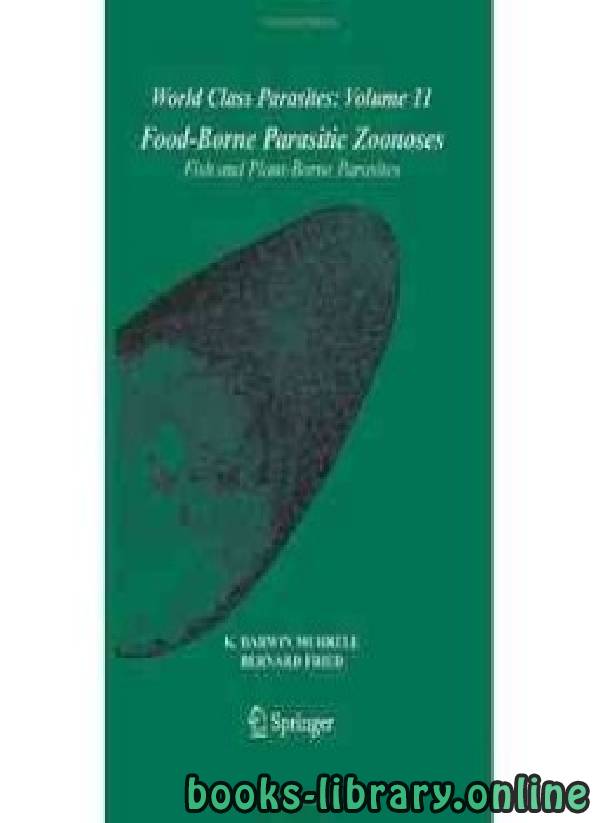📘 قراءة كتاب Parasites أونلاين


(Rocks):
Most of the geological research is related to the study of rocks, as rocks are the main record of the geological history of the earth, because rocks are the basic unit in building the earth as they consist of formations containing a group of minerals found in nature, and are an essential part in the composition of the Earth's crust. Thus, the rock has a distinctive feature that separates it from another rock and makes it a self-contained unit. Just as rock is the basic unit of building the earth, the metal is the unit of rock itself. Rocks differ from each other in terms of the types of minerals forming them and the relationship of these minerals to each other in one rock. There are three types of rocks which are igneous rocks, sedimentary rocks and metamorphic rocks. There are environmental processes that affect the rocks that change the type of rock from fiery to mutant or vice versa. , Or from sedimentary to fiery or vice versa, or from metamorphosed to sedimentary or vice versa; these processes are known as rocky cycle.
(Bulk material):
Geologists also study non-hardening materials which are loose materials whose sizes vary between clay and sand gravel. The groundwater can travel between its grains for distances that vary with the size of the grains of the soil, and the study of loose materials is known as the study of the quaternary age and this study includes sedimentology and earth morphology And ancient climatology.
(Tectonic plates):
There is a close relationship between the movement of the plates on the surface and the convection currents of the mantle (which is the transfer of heat resulting from the bulk movement of the molecules inside the fluid). In addition, the plates of the oceans move in the same direction as the convection currents aligned with the mantle , Because the oceanic lithosphere is actually the top thermal solid layer of the thermal layer boundary layer. This relationship between the solid layer on the surface of the Earth and the thermal mantle is called tectonic plates
(Earth structure):
Advances in seismology, computer modeling, metallurgy, and crystallography at high temperatures and pressures provide an insightful and powerful insight into the internal and structural composition of the Earth.
(Geological developments occurring in a region):
The geology of a region changes with the passage of time, such as rock particles, of which what is deposited on its own and the other precipitates over a rock, and the deformation processes change its shape and its location.
The rock units are placed first either by precipitation on a surface or by seizing it on the surface of a rock by its presence in the top of that rock. Sedimentation can occur if sediments settle on the surface of the earth and form layers by hardening them and transforming them from sediments into solid sedimentary rocks or in the case of volcanic material such as volcanic ash or lava that flows in the ground. Fireworks such as: triangles are deep fiery bodies and their shape is Irregular. Likewise, lacoliths are shallow firearms and their shape is uniform. As for cutters (dikes) and horizontal layers, silts are deposited and accumulate in the top of their rock and crystallize as intrusive.
After the first series of rock that has been deposited, the rock particles may be deformed or transformed into another type of rock.
نبذه عن الكتاب:
A. Protozoa
1. GI/GU
a. Cryptosporidium
1) Appearance: cysts are small, stain pink in stool specimens
2) Lab assays: stool O&P
3) Virulence factors: none significant
4) Epidemiology: ubiquitous but typically causes disease in AIDS
patients
5) Clinical Diseases: watery diarrhea, causes severe malabsorption
in AIDS patients
6) Treatment: supportive and immune reconstitution—
nitazoxanide may have a role
7) Resistance: none
8) Prophylaxis: boil or filter water, chlorination does not work
b. Entamoeba histolytica
1) Appearance: two phases of life-cycle: cyst has four nuclei,
trophozoite has one nucleus and is not flagellated and often
contains ingested red blood cells (see Figure 4.1)
2) Lab assays: stool O&P should reveal cyst or trophozoite,
anti-amoeba antibody titers are diagnostically useful
3) Virulence factors: none significant
4) Epidemiology: fecal-oral transmission
5) Clinical Diseases: amoebic dysentery and amoebic liver abscess
6) Treatment: metronidazole followed by iodoquinol or
paromomycin—the latter are necessary to kill encysted organisms in the bowel lumen that are not killed by metronidazole
7) Resistance: none
8) Prophylaxis: boil or filter water, chlorination has no effect,
careful hand-washing and separation of human wastes from
crop fields (don’t fertilize crops with human feces)
c. Giardia lamblia
1) Appearance: two phases of life cycle: cyst has four nuclei and
has a thicker wall than Entamoeba, trophozoite is oval with
two nuclei and has four pairs of flagella (see Figure 4.2)
2) Lab assays: stool O&P, string test = patient swallows a string
down into the duodenum while the physician holds onto the
far end and then pulls the string back up out of the mouth,
revealing the trophozoites stuck onto the string
3) Virulence factors: none significant
4) Epidemiology: fecal-oral transmission, often via streams in
the wilderness as many animals carry Giardia as well, classic
Applied geology
Download Al-Wajeez book on geology
Rock geology
Engineering Geology Book
Economic geology
Earth geology
Yemen Geology Book
Rock properties
The names of the types of rocks
حجم الكتاب عند التحميل : 2.931 .
نوع الكتاب : pdf.
عداد القراءة:
اذا اعجبك الكتاب فضلاً اضغط على أعجبني و يمكنك تحميله من هنا:

شكرًا لمساهمتكم
شكراً لمساهمتكم معنا في الإرتقاء بمستوى المكتبة ، يمكنكم االتبليغ عن اخطاء او سوء اختيار للكتب وتصنيفها ومحتواها ، أو كتاب يُمنع نشره ، او محمي بحقوق طبع ونشر ، فضلاً قم بالتبليغ عن الكتاب المُخالف:
 قبل تحميل الكتاب ..
قبل تحميل الكتاب ..
يجب ان يتوفر لديكم برنامج تشغيل وقراءة ملفات pdf
يمكن تحميلة من هنا 'http://get.adobe.com/reader/'


 منصّة المكتبة
منصّة المكتبة 